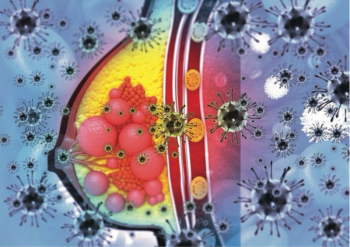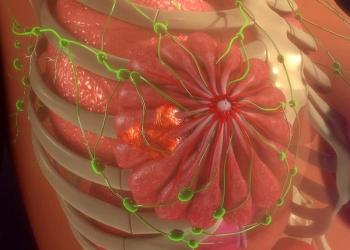
ASCO Poster Sessions: Breast Cancer in Elderly Women
As physicians, we strive to do no harm, and there is a narrow therapeutic window when treating elderly patients with cancer.
As I have mentioned in previous blogs, the poster sessions are one of my favorite parts of the American Society of Clinical Oncology (ASCO) Annual Meeting. It is true that the most high-profile research is presented in oral abstract sessions or the plenary, but there are an incredible number of high-quality studies every year that can be seen during the poster sessions. As an additional bonus, poster sessions provide the opportunity to speak one-on-one with the presenting author to answer any questions about the work, and can be a great place for networking. It is possible to watch the oral presentation sessions on the virtual meeting website at any time, but at a poster session there is only a fleeting window of several hours in which to see a great deal of innovative, new research. This year’s breast cancer poster sessions contained several abstracts examining key issues related to breast cancer in the elderly.
The first study I want to discuss was presented by Sarah Mougalian, MD, (board 123,
The next poster related to this topic is a long-term update from the CALGB/CTSU/Alliance 49907 trial and was presented by Hyman B. Muss, MD (board 136,
Finally, let’s examine the abstract by Henry G. Kaplan, MD (board 124,
These three studies highlight the challenges of caring for elderly patients with breast cancer. As physicians, we strive to do no harm, and there is a narrow therapeutic window when treating elderly patients with cancer. On the one hand, we do not want to administer intensely toxic therapy to elderly patients with medical comorbidities who may not be able to tolerate these treatments. Fatal treatment toxicity is one of the worst-case scenarios for any oncologist. On the other hand, withholding treatment because of concern for toxicity can lead to worse cancer outcomes (the other worst-case scenario for oncologists is failure to cure the patient of their cancer). The question of reducing treatment and maintaining cure rates vs reducing treatment and not maintaining cure rates is exemplified in the first two abstracts outlined above. In the third abstract discussed, we see that despite our efforts, we may not be doing much better now than we were years ago when treating breast cancer in the elderly. This remains a challenging area for oncologists, and the importance of this issue will only grow as our population continues to age.
Newsletter
Stay up to date on recent advances in the multidisciplinary approach to cancer.

















































































